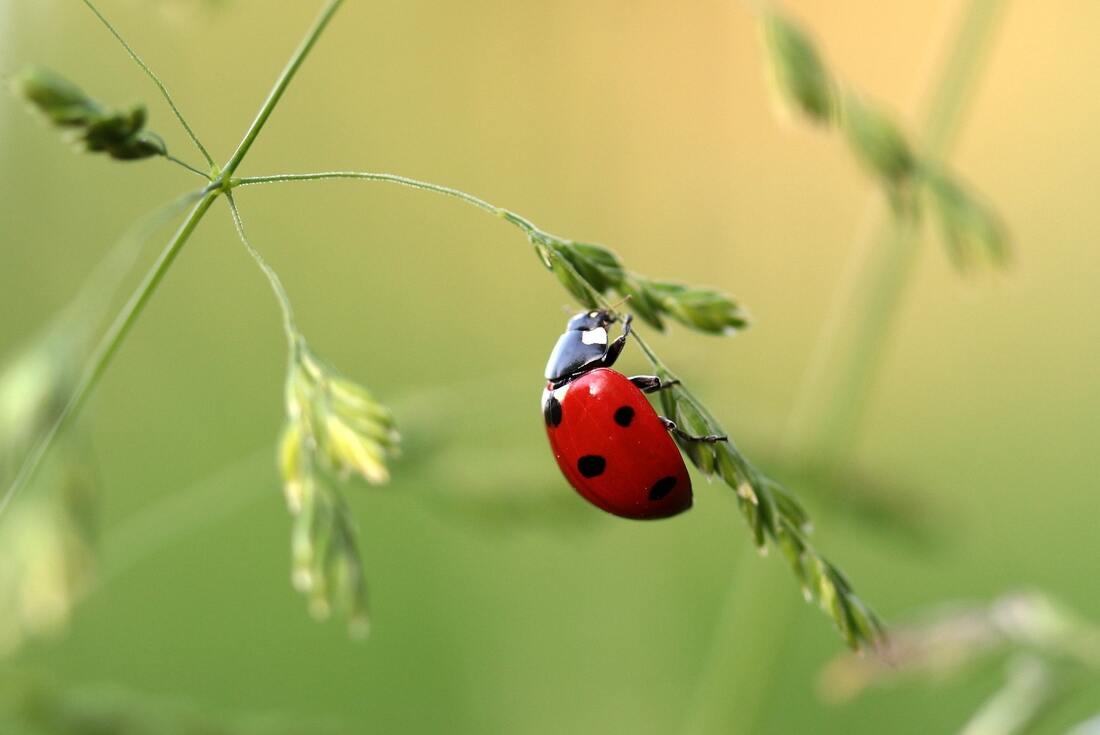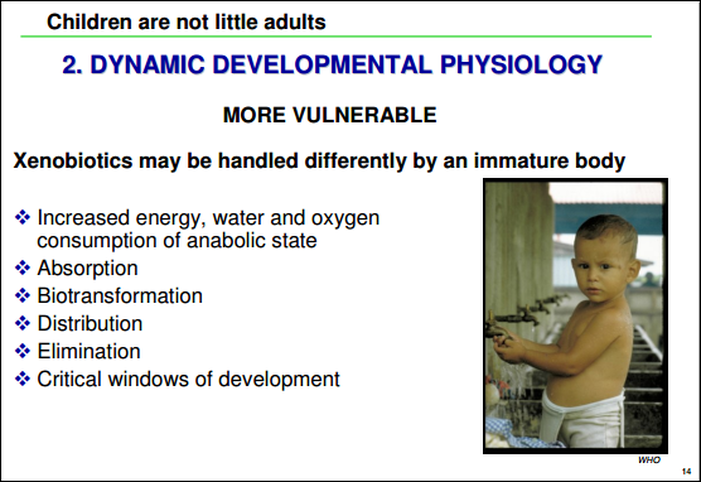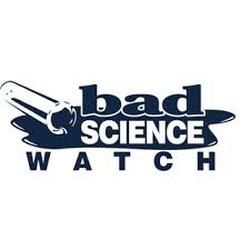
The last post was on pesticide use in Canada, and what advertized as safe, may be a far stretch. So for these last few weeks we have left of summer days, before the grass stops growing as much, we clean up the yards, and get them ready for fall/winter, I wanted to wrap up the conversation on healthy yards and communities.
There are so many alternatives to deal with weeds and pests that work as well, if not better than these advertized commercial chemical products.
I have a yard and deal with the same challenges, I don't want my neighbours to complain that I have too many 'weeds' in my yard. I invite friends over to do yoga in the backyard, I would like a comfortable space for everyone to enjoy, facedown in the grass, adults and babies alike. I have an organic garden that was threatened with over running ants this year, and all of this I dealt with organically and efficiently.
I share with you a few tried and tested ways to get rid of weeds;
1) Eat Some! De-heading and picking all the succulent green leaves to eat in salad soups and stews are a great way to avoid them spreading throughout the yard. I waited two year before after buying my house to consider it an organic yard, you may want to consider this if you are opting out of spraying or moving into a new yard.
2) Pulling weeds; not the easiest or most endearing task in the garden but can help stop the spread and help with your caloric output! Some of the weeds will have long tap roots and its always easier to pull them after a rain loosens up the soil.
3) Vinegar; can be poured directly on a trouble weed and it will dry up and die within 24hrs. Be careful to only pour it on the suspect weed as vinegar will burn all vegetation. This works quite well in brickwork paths where weeds pop up inbetween the cracks.
4) Out number them; fill up the garden beds, leftover room makes a perfect space for weeds to creep in. I cram everything in every bed and have done very little weed pulling this year, much less than in years past where I planted in tidy rows with spaces in between.
5) Smother them; If you have large spaces covered in weeds and want them gone, use newspaper or cardboard to cover the area, deprived of light and oxygen the weed will die and you will have a patch you can start grass or a garden bed in.
Weeds not your issue, are the crawling, flying, garden eating 'pest' what you're worried about?
Some simple, organic solutions...
1) Diatomaceous Earth, this works against most pest after your garden as their own. Early in the season we had an infestation of ants this year in two of our raised beds, first we asked nicely if they would relocate to another less crucial area of the garden... that didn't happen. We then tried to flood them out, turning two beds in to mud pits and turning over this mud until we looked like wrestlers covered from head to toe! The theory was to wash away the nest and distract them from coming back.... fat chance.... then I learned of Diatomaceous Earth, the next step in the most gentle way I could distract these other living beings from ruining 1/2 of my food crop this year. I have to say it works like a charm and I feel more than comfortable putting it in my organic garden.
2) Cross plant; marigolds are an excellent plant to plant in and amongst your veggies, and keep 'pests' like aphids away from your investments.
3) Bring in the ladies; Ladybugs are lovely little vicious killers! They eat more pests that are after you goods and are happily feed by these intruders..
Just a few ideas that can make your backyard and communities healthier. Please feel free to add comments of your ideas of natural pest management below.
Happiness and Health to all!


